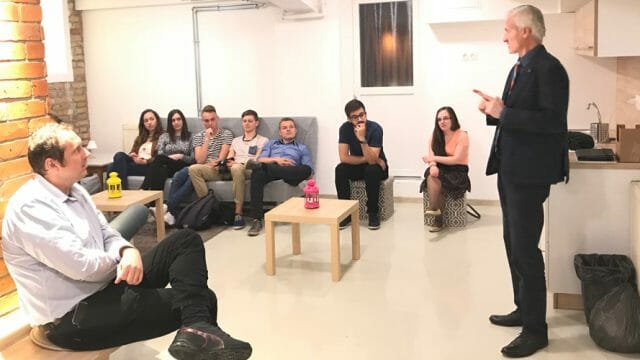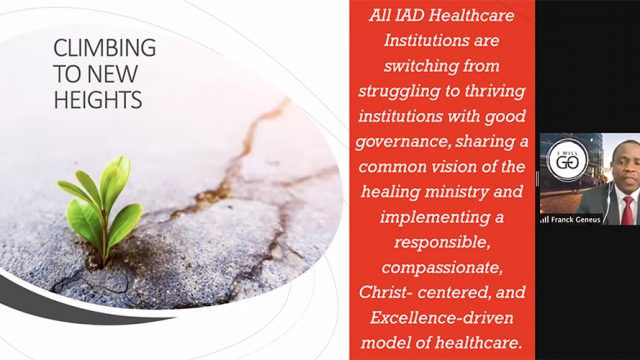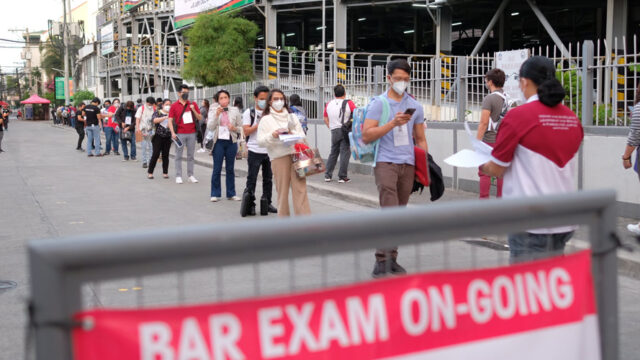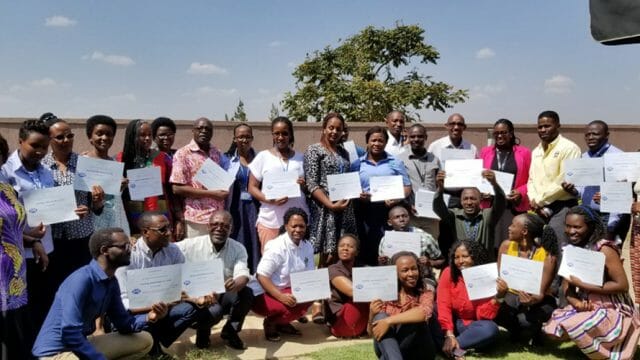Another entry from the Encyclopedia of Seventh-day Adventists
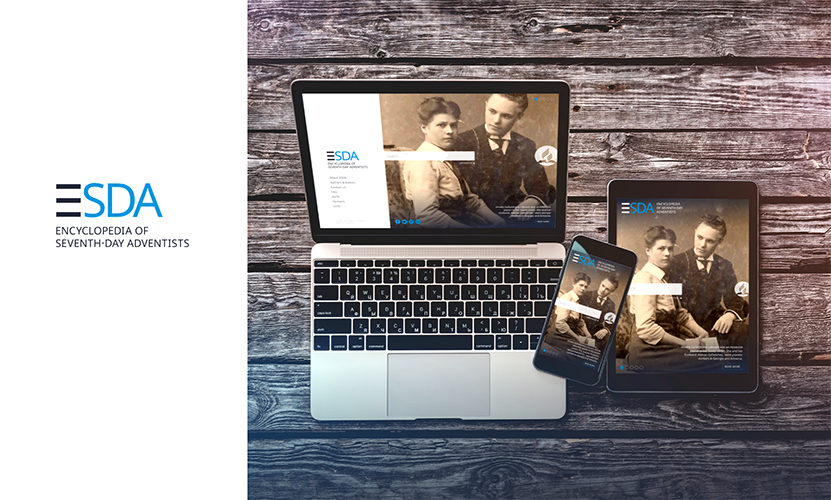
The Encyclopedia of Seventh-day Adventists (ESDA) is now live and freely accessible at encyclopedia.adventist.org. Launched Wednesday, July 1, at the Seventh-day Adventist Church headquarters in Silver Spring, Maryland, United States, the project involves nearly 1,000 writers from all world church divisions and attached fields, and features more than 2,100 articles, photographs, and other historically significant documents. New articles will continue to be added to the encyclopedia. We invite you to visit encyclopedia.adventist.org for education and insight on the history and structure, culture, theology, and more of the Adventist Church around the world. The following story is based on a longer article from the encyclopedia.—Editors.
Given the rapid development of Internet and social media, correspondence courses no longer have the same attraction as they did in 1947 when the Danish Bible Correspondence School opened in Copenhagen. The school, however, played an important role as a soul-winning instrument for the Adventist Church in Denmark.1
A Bible correspondence school was first proposed in 1946 by leaders of what was then known as the West Nordic Union Conference. Founded in Odense on December 1, 1946, there was great enthusiasm for the new school, and an initial capital of 32,000 Danish kroner (US$4,500) was collected, a considerable amount at a time when a pastor’s monthly wage was approximately 320 Danish kroner. L. Muderspach was elected as the first principal, and the school was named Det 20. Århundredes Bibelbrevskole (the Twentieth-Century Bible Correspondence School). Two months later, on February 1, 1947, the school opened at Suomisvej in Copenhagen and offered a set of Bible lessons called Det 20. Århundredes Bibelkursus (the Twentieth-Century Bible Course).2
Danish church members supported the new Bible correspondence school with their prayers and by distributing handbills.3 One hundred thousand handbills in two colors were initially printed for distribution in Danish homes. By summer, when camp meetings generated further interest, student enrollment had reached 800. In the fall, another 150,000 handbills were printed, and the number of students reached 1,226 by the end of the year. Visitations began after the studies were completed and led to many baptisms.4
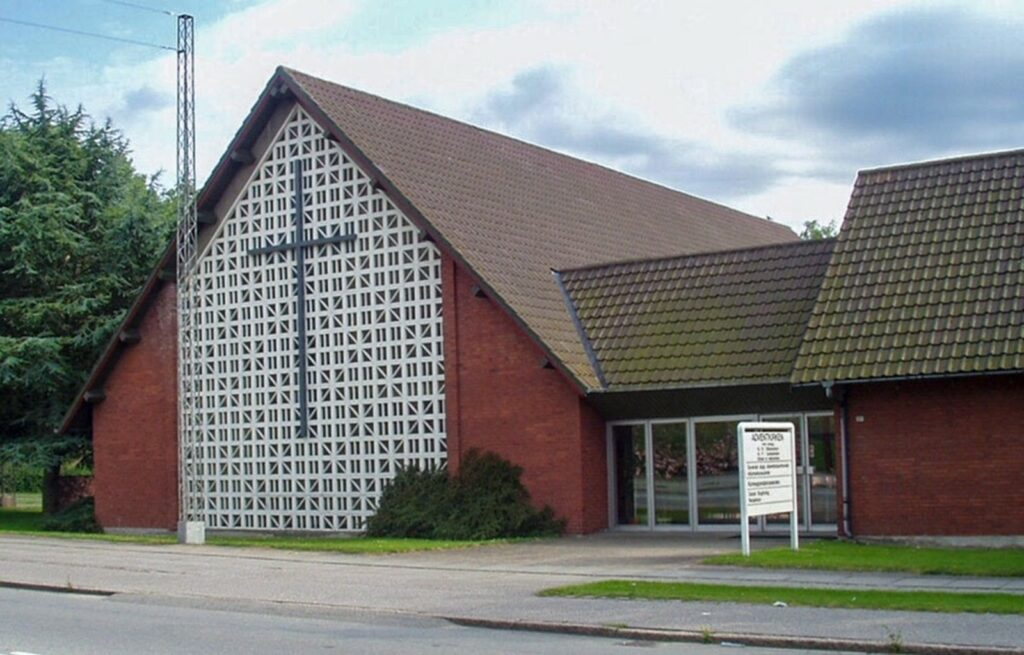
In the early years, leadership changed frequently. A series of long-term principals made strong contributions to the development of the school. Clerical staff members were engaged in addition to the local church pastors and Bible workers who made home visits. By the spring of 1949, 125 Bible students had been baptized. The Bible lessons continued to be promoted through mass distribution of handbills, personal contacts, literature evangelists, evangelistic meetings, and advertisements in papers.5
The school operated under several different names, including Håbets Budskab (Message of Hope), Bibelbrevskolen(The Bible Correspondence School), and last, Korrespondanceskolen (The Correspondence School).6
The peak years of the school, under the leadership of Mogens Bakke, witnessed innovations such as invitation cards printed in four colors, new courses, evangelistic campaigns in the Copenhagen area, tours to the Holy Land, and yearly weekend seminars.7 Under Bakke’s successor, Gunnar D. Asholm, the weekend seminars were held at Kikhavn Youth Camp in eastern Denmark and Himmerlandsgården Youth Center in the west.8
In 1992, the school’s offices were moved from Korrespondanceskolen to Fuglebakkevej in Aarhus. A new principal boosted home visitation efforts by training selected lay workers to assist the pastors. Guided bus tours to reformation sites in Germany and a quarterly newsletter, Kontakt, were added to the programs. New courses broadened the range of subjects offered, including more Bible topics, lifestyle, family, and culture.
In 2004, the school relocated to the Danish Union office at Concordiavej, Nærum. Most courses migrated to online delivery through a new website. On March 10, 2010, the first televised Bible courses were transmitted by LifeStyle TV. Between 2010 and 2012, nine Bible and family courses were recorded and broadcast to Scandinavian countries under the logo ORDET (The Word). Today, most of the courses are offered online.
1 Unless otherwise stated, information is from personal notes, an interview on September 3, 2019, with former Korrespondanceskolen principal Richard Müller and statistical materials collected by the Historical Archive of the Seventh-day Adventist Church in Denmark.
2 Gunnar D. Asholm, “50 år med Korrespondanceskolen,” Adventnyt, June 1997, pp. 8, 9.The lessons were a translation of A. E. Lickey’s course by the same name. “Bible Correspondence Schools,” Seventh-day Adventist Encyclopedia, 2nd rev. ed. (Washington DC: Review and Herald Publishing Association, 1996), pp. 200, 201.
3 L. Muderspach, “Menighedens største time er kommet,” Missionsefterretninger, no. 1, 1947, pp. 4, 5.
4 Gunnar D. Asholm, “50 år med Korrespondanceskolen,” Adventnyt, June 1997, pp. 8, 9.
5 Ibid.
6 Sven Hagen Jensen, “Korrespondanceskolen fylder 60 år,” Udfordringen (A Christian Weekly), Nov. 2007, p. 3.
7 Gunnar D. Asholm, “50 år med Korrespondanceskolen,” Adventnyt, June 1997, 8-9.
8 Sven Hagen Jensen, ed., Når Ordet bringer frugt (N. p.: Dansk Bogforlag, 2013), pp. 12-38.


